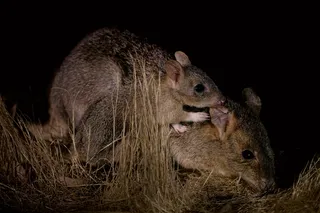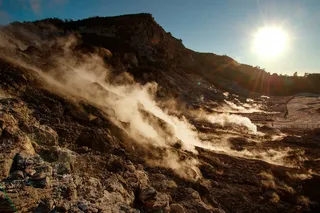, November 3 Two studies in PNAS focused on the wildlife and landscape of East Africa. In the first, researchers looked back in history to Kenya's infamous man-eating lions, which reportedly devoured 135 railroad laborers in 1898. The two lions were eventually shot, killed, stuffed, and shipped to Chicago's Field Museum for display--which allowed researchers to analyze samples of the lions' bones and fur. By comparing the isotopes present in the man-eating lions to those found in other lions, humans, wildebeest, and buffalo, the researchers could precisely determine the lions' diet. The results brought the body count down considerably: The scientists estimate that one of the lions ate 24 people, while the other gobbled up 11. The second study looked ahead, and predicted that Mount Kilimanjaro, the highest peak in Africa, could lose its distinctive ice cap by 2022 due to global warming. Journal of the American Medical Association, November ...
Ripped From the Journals: The Biggest Discoveries of the Week
Discover the truth behind Kenya's man-eating lions and their infamous history of human predation. What did researchers find?
More on Discover
Stay Curious
SubscribeTo The Magazine
Save up to 40% off the cover price when you subscribe to Discover magazine.
Subscribe












